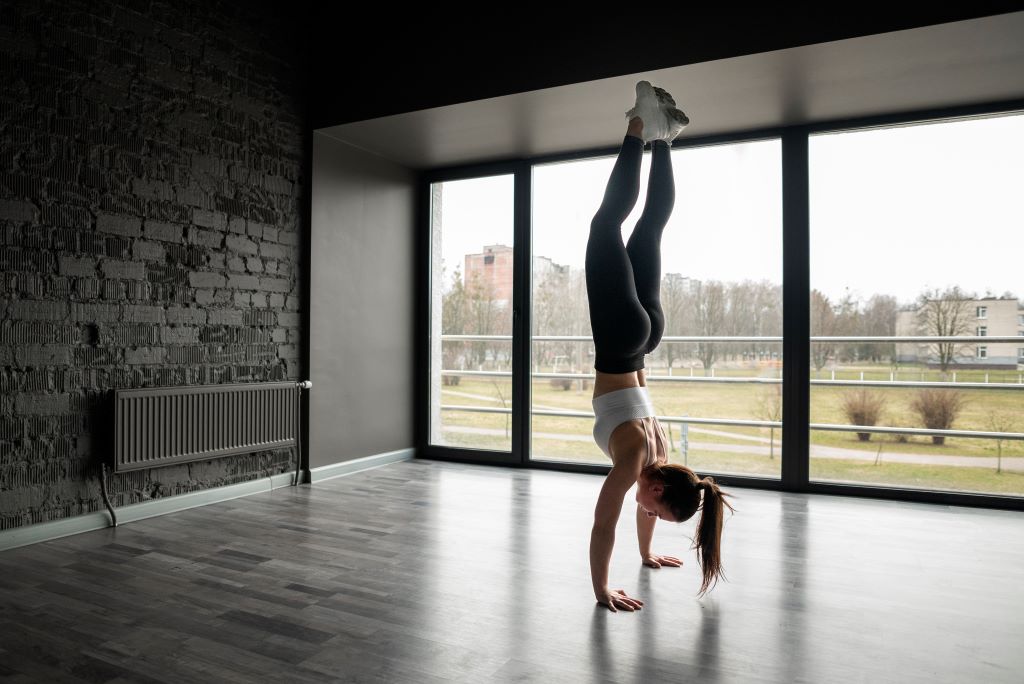Introduction
Taking care of our health. The environment goes beyond what we eat and how we exercise. This article highlights the significance of choosing fabrics, for our workout clothes considering their impact on our well-being and the planet.
By selecting materials that provide comfort during workouts we do not enhance our fitness experience. Also, align ourselves with a larger commitment to a healthier and more eco-friendly lifestyle.
This change, in focus, recognizes the role that clothing plays in our well-being and represents a conscious decision to prioritize both personal health and environmental sustainability.
Understanding Organic Fabrics
Organic clothes, which are grown without chemicals offer a comfortable choice for activewear. By looking at materials like cotton, hemp, and bamboo we can fully grasp their advantages.
These fabrics provide breathability allowing airflow during workouts while also being hypoallergenic for those with skin. Their remarkable moisture-wicking properties ensure a comfortable exercise experience. Recognizing these benefits is crucial when making choices that align with sustainability in your fitness journey.

Benefits of Organic Fabric Clothes in Activewear
Fabrics used in activewear offer comfort, breathability, and hypoallergenic properties. Their ability to wick away moisture helps keep you dry during workouts.
Durable and built-to fabrics offer a sustainable option, in the world of fashion making them an excellent choice for those seeking comfort and eco-consciousness during their fitness journey.
- Comfort & Breathability: With their composition and breathability fabrics allow for better airflow ensuring a comfortable workout experience while preventing discomfort or irritation.
- Moisture-Wicking Abilities: One of the benefits of fabrics is their impressive moisture-wicking capabilities. By drawing away sweat during workouts they help keep the body dry adding to overall comfort while preventing chafing or potential skin issues.
- Longevity: When comparing the durability of fabrics, to alternatives it becomes evident that investing in high-quality organic activewear can contribute significantly to a longer-lasting wardrobe.
Sustainability in Activewear
When it comes to activewear sustainability goes beyond being trendy; it involves addressing the impact, on the environment and ethical practices. By using eco fabrics we can reduce pollution preserve resources and minimize our carbon footprint.
It’s also important to ensure that production adheres to labor standards. Choosing activewear is not only a personal decision but also a commitment to living an eco-conscious lifestyle. It’s a step towards aligning our fitness journey, with a dedication to stewardship and making more responsible choices.
- Traditional Activewear: Let’s take a look at the consequences caused by the traditional activewear industry. We’ll focus on issues like water pollution, resource depletion, and the carbon footprint associated with fabric production.
- Organic Fabric Clothes in Fashion: Now let’s explore why choosing fabrics for activewear is aligned with the principles of sustainable fashion.
- Ethical Production Practices: It is important to shed light on the significance of considering the supply chain in activewear production.

Overcoming Challenges and Myths
To overcome challenges when adopting activewear we need to dispel myths about cost and accessibility. Let’s acknowledge that sustainable choices can be affordable while providing long-term value.
We should also explore options like online shopping supporting boutiques and choosing eco-friendly brands as ways to make sustainable activewear more accessible. Overcoming misconceptions is crucial, to embracing a conscious and sustainable approach when it comes to fitness attire.
- Considering Costs: Let’s address the misconception that organic activewear is excessively expensive. We can discuss the long-term cost-effectiveness and value for money associated with fabrics.
- Availability and Accessibility: We should acknowledge the challenges consumers might face in finding a range of organic activewear options.
Real-life Examples & Success Stories
In the realm of activewear, brands are leading the way as pioneers. They embody unwavering commitments to sustainability, customer satisfaction, and positive environmental impact.
These brands prioritize eco-sourcing, ethical production practices, and quality craftsmanship, in their product offerings. If you want to buy the best quality organic clothes for women then, you may search online sources.
Beyond narratives, individual success stories echo the power of transitioning to organic fabric clothes. Enthusiasts share their experiences of comfort improved performance levels and an overall heightened sense of well-being.

These compelling real-life examples not only highlight the benefits but also serve as beacons of inspiration for a wider audience looking to make conscious choices in their fitness attire. The collective impact leads to a lifestyle that’s both greener and rooted in mindful consumption.
- Brands Embracing Organic Activewear: Highlight brands that have embraced materials in their activewear collections. Discuss their dedication to practices, customer satisfaction, and the positive environmental impact.
- Personal Testimonials: Share stories, from individuals who have experienced the benefits of switching to activewear. Showcase real-life accounts that emphasize the influence on fitness performance, comfort, and overall well-being.
Conclusion
Summarize the points discussed throughout the article emphasizing how incorporating fabrics into your fitness wardrobe can be transformative. Encourage readers to make sustainable choices when purchasing activewear ultimately contributing to a lifestyle and a greener planet.
By embracing fabrics in your fitness journey you not only improve your well-being but also play a vital role in promoting sustainability, within the fashion industry.









